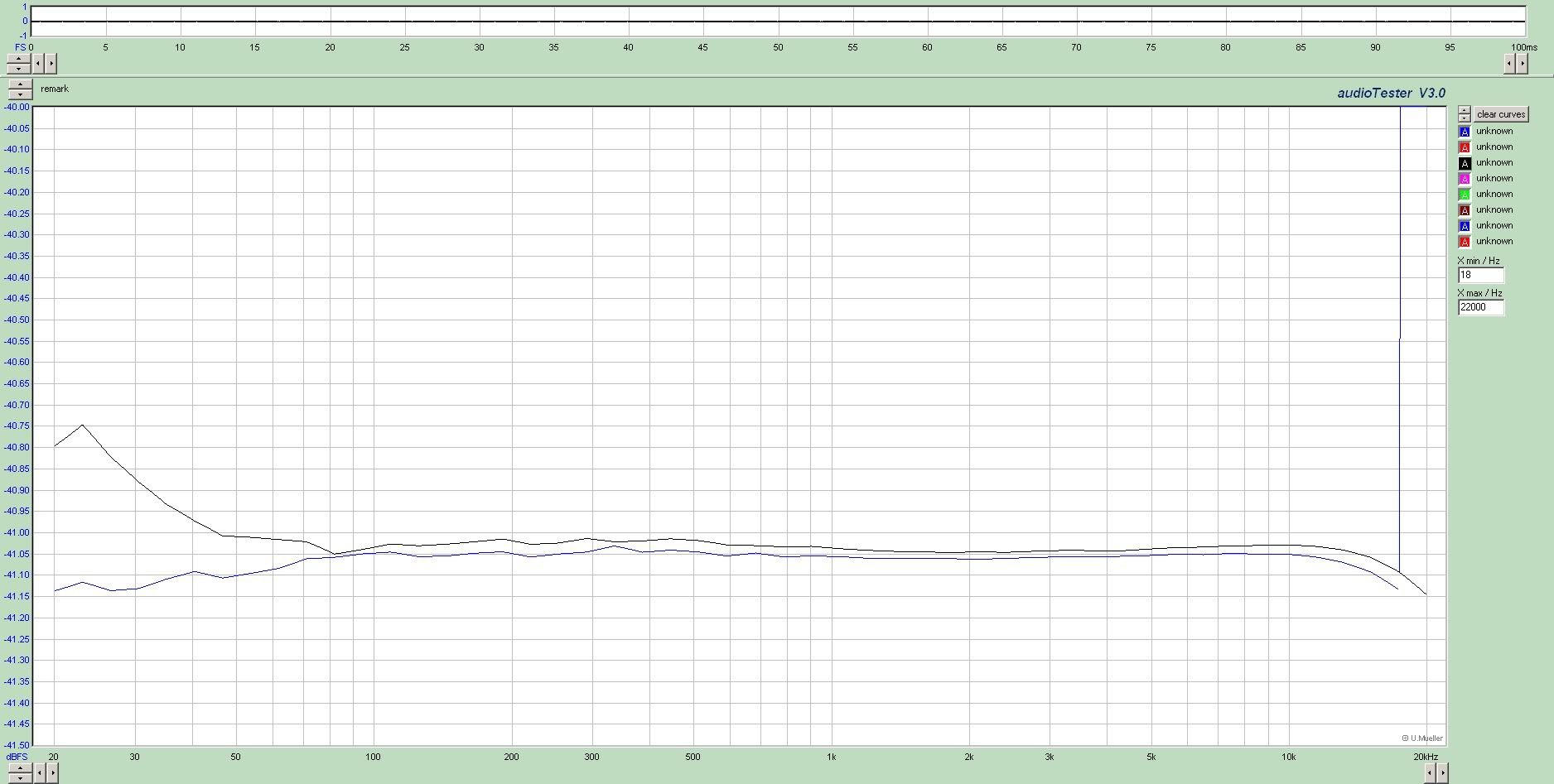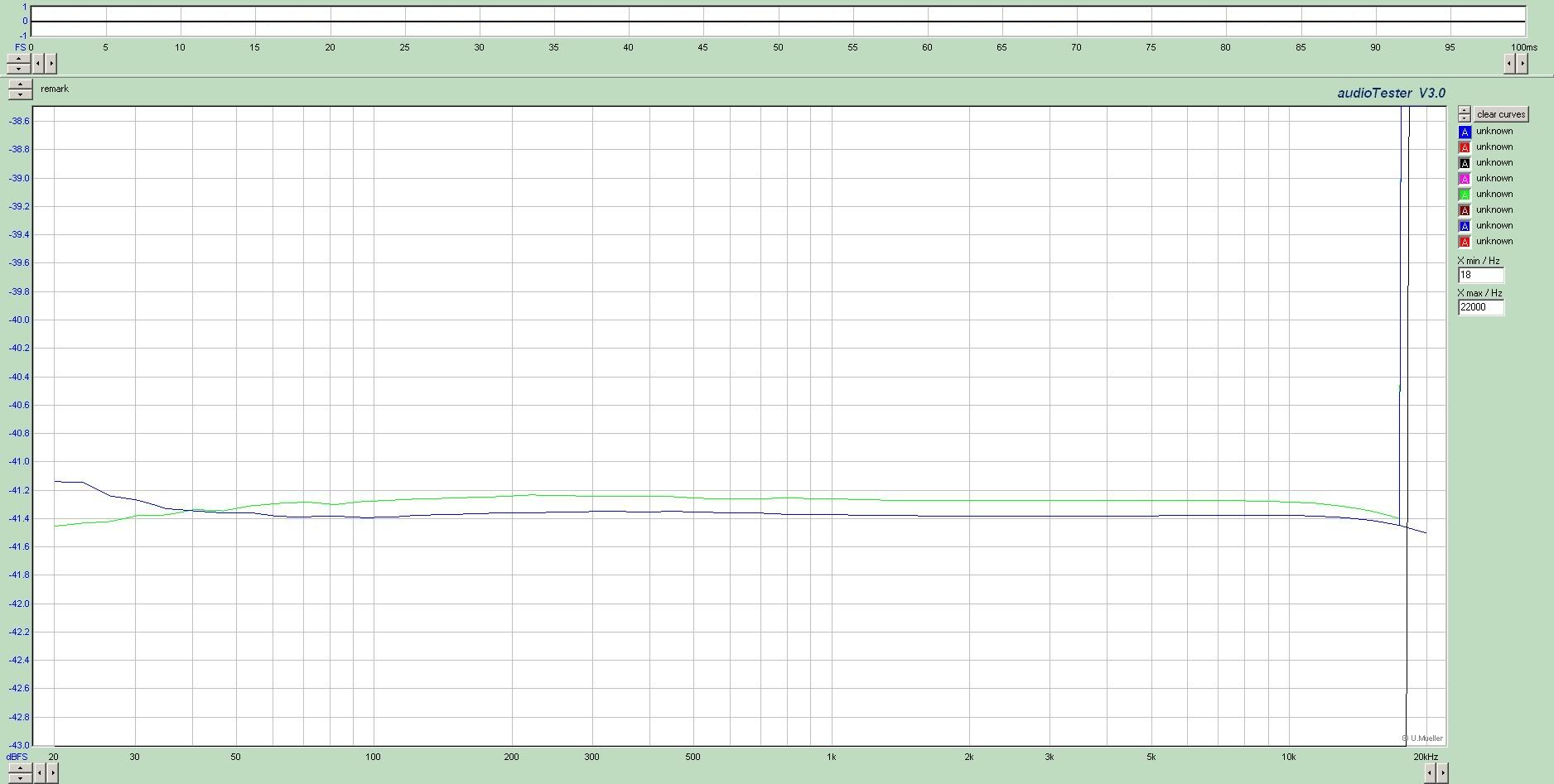plumsolly
Well-known member
I racked up a pair of Electrodyne 710L channels recently. Initially I had EA1066s on the outputs, but I was getting a pretty hefty bump around 20hz on the output. This bump also changed somewhat with the position of the fader. I figured the Electrodynes were just having trouble driving a 200Ω:150Ω transformer. I switched in a UTC HA-108X 500Ω:500Ω and it looked much better. Since I only had one UTC, I ordered a pair of 600Ω:600Ω, but these exhibit a slightly smaller bump around the same frequency. Does anyone have any idea of whats happening here, or what else to look at? Or is this just what I get for $13/transformer? The bump is not bad, <0.5db, but I am curious about the cause. Here are some plots (notice the different Y scales):
UTC in blue and Edcor in black

Edcor in black, unbalanced in green

Thanks,
Ben
UTC in blue and Edcor in black

Edcor in black, unbalanced in green

Thanks,
Ben



